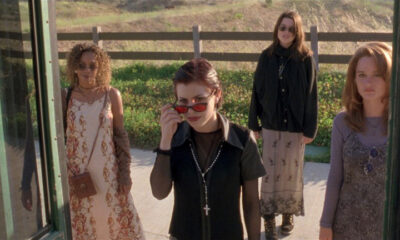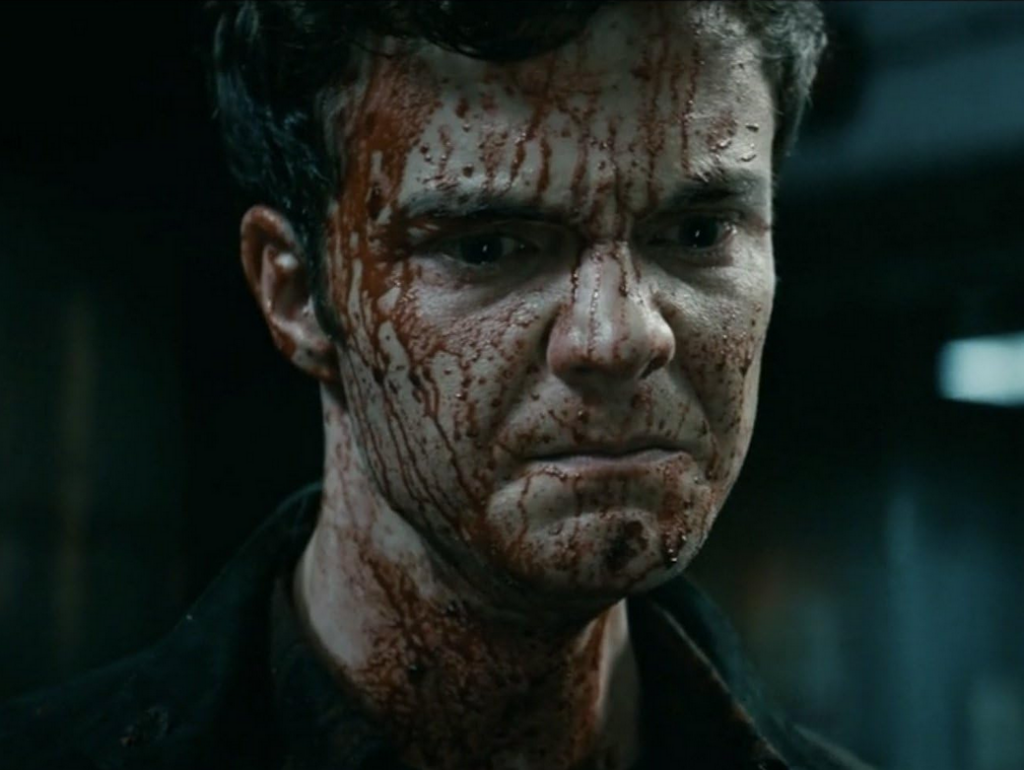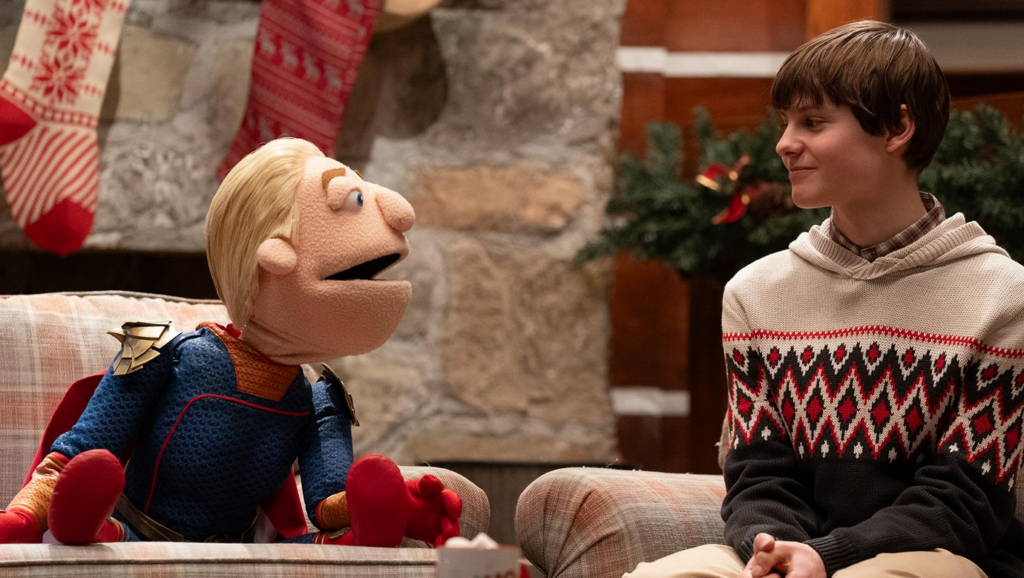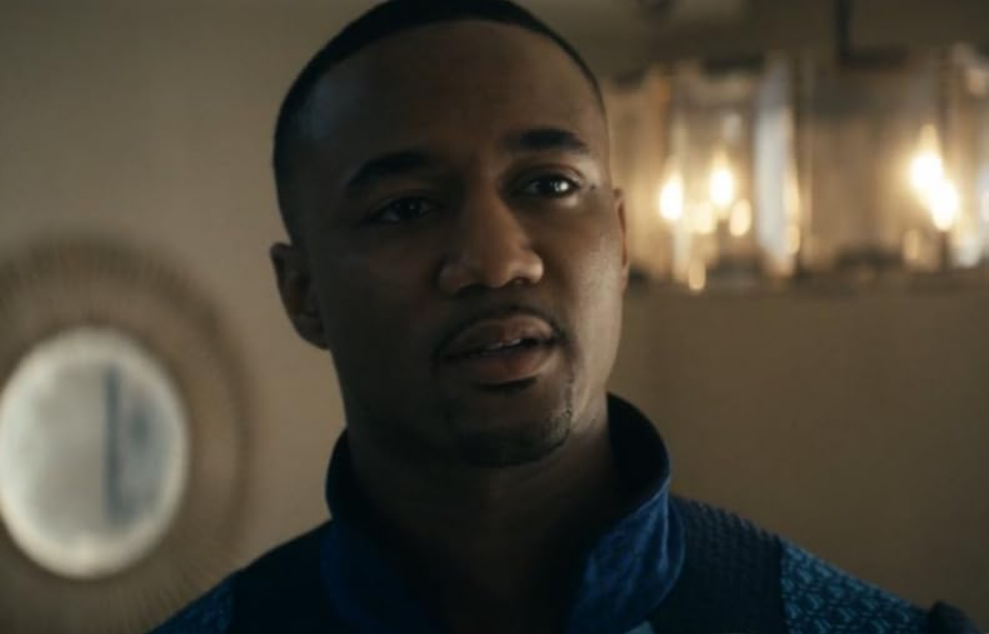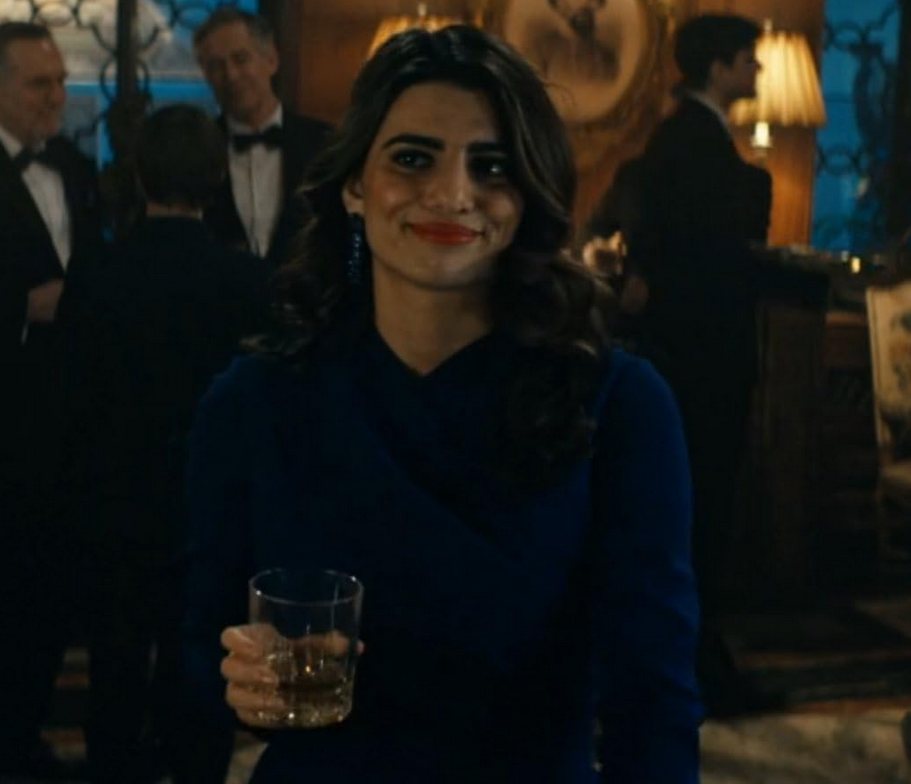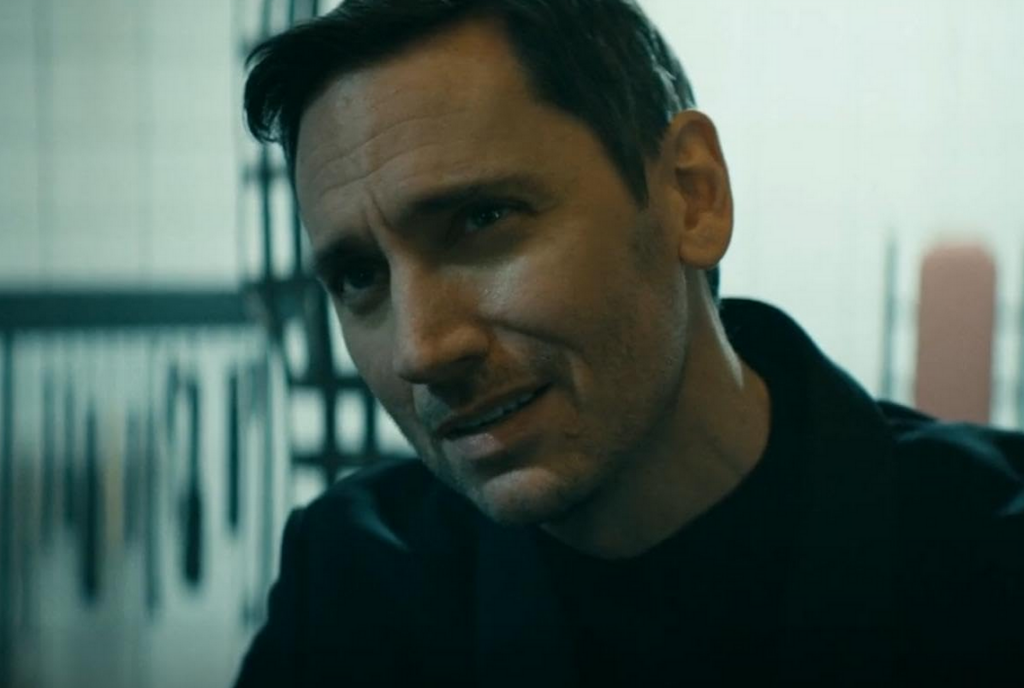Corruption – The Fade of a Fad
More Videos
Published
2 years agoon
By
Goth Santa
Between Les Yeux Sans Visage and The Brain That Wouldn’t Die there is Corruption. Not chronologically of course; Les Yeux came out in 1960 and the brain hit the screen two years later while Corruption premiered on the tail end of the sixties. Corruption is an English exploitation film following in the footsteps of the previously mentioned films. Starring Peter Cushing, Sue Lloyd, Kate O’Mara, and Noel Trevarthen. Writing credits to Donald and Derek Ford, and directed by Robert Hartford-Davis; all of whom stayed in the vein of exploitation and low budget films.
History Lesson
In the 1920 as the Theatre Grotesque jumped over to celluloid and a new form of horror began in the European art cinema subgenre. Experimental. Surreal. Unusual. Taboo. The terror was not the monster or the ghoul but the man, or the illness be that physical or mental. Franju’s classic Les Yeux is a tale about guilt and obsession. Genessier having the tools and knowledge, in theory at least, to fix his daughters disfigurement that he caused. We identify with Genessier. In his shoes, with his talents, under that pressure, we all know a part of us would at least toy with the idea of doing anything in the name of someone we love. It’s a touching and personal story, which is why it was so easy to rip it off.
The other film I mentioned, The Brain That Wouldn’t Die, similar set up except make it a fiancée instead of a daughter and her face is the only thing that isn’t destroyed, this though meant to be serious comes off significantly more comical. Americans and their lack of subtly, there needs to be a big bad monster in the basement or else it’s not a real horror show, and the talking head is just hilarious. If Les Yeux is art and The Brain is schlock then what is Corruption?
Set Up

It’s Frankenstein, it’s Jurassic Park, it’s the battle of Could V. Should. The morality of our choices and the lengths we’ll go to see our visons realized. Our Hammer Horror Alumn Peter Cushing, who you might know from Screamqueen’s review of Asylum. Peter is in the role of John Rowan, a brilliant surgeon light-year ahead of his peers like Steve Harris, played by Noel Trevarthen. Sue Lloyd is cast as Johns soon-to-retire-model-fiancée Lynn.
Lynn invites John to a party being held by her photographer. It’s funny, only Peter Cushing could look like a narc at a party where everyone else is in their mid-forties playing some one in their twenties. Either due to his jealousy or his sense of modesty John starts a fight with the cameraman resulting in a floodlamp falling on the Lynn’s face. His love is disfigured and she falls into a deep depression.
John in classic Cushing Frankenstein fashion falls into an obsessive binge of medical esoterica, quoting tricks of the ancients, like you do. The doctor steals a pituitary gland from the morgue. An injection here, a laser blast there, bippady-boppady-boo face reclaimed.
After a few days the scar returns, otherwise there wouldn’t be conflict. Much like to decision on what in my fridge I shoe eat the answer is obvious, fresher is better. In a montage ripped directly from the The Brain the good doctor takes to the streets to find a fresher sample. After the murder and Lynn is looking better and the two head to the country to hide out the heat. As times arrow marches ever onward they realized that no mater what they do, it will just be a temporary fix but that isn’t good enough for the future Mrs. Rowan.
Another body found headless on a train and surgeon-detective Steve is on to them. John wants to call it quits as it become obvious that Lynn is more infatuated with her own image than him. Lynn to ensure that she gets what she wants sells her fiancée out to some hoodlums to ensure he will continue, and through psychotic shenanigans and lasers everyone dies.
The Good
The music score is phenomenal, Bill McGuffie has excellent taste. The camera work during the party or the kills are great at conveying the sense of panic and disorientation the character feel. I enjoyed the costume destines miss that 60’s chic look. Though things seem to jump out of nowhere the plot is relatively solid for the most part, even the more absurd instances have an explanatory follow up.
The Bad
As good as the editing can be during the disorienting scenes, the rest of the film is quite jarring. Terrible pacing. There is no metric denoting the passage of time; I often found myself wondering if it was the same day, week or month, What? Steve and Lynn’s sister are getting married? How long have they known each other? We don’t have any idea how long the operations effects last, long enough to give false hope and short enough to need a steady supply of bodies. The first half of the film is a slog to get through. The first fifteen minutes had me questioning my watch and the ending comes out of nowhere and hits like a bullet train.
Character motivation is my biggest gripe, specifically that of Lynn. At the start she makes it clear that she doesn’t care about modeling, stating that she was going to retire once married because she found someone that truly loves her. Then the accident happens and her image becomes her only focus; she becomes vapid and narcissistic, trading lives for looks. Steve seems only to show up for exposition or to be superman. John is little more than a whipped Frankenstein wannabee with a laser, Val (Lynn’s sister) has such little agency I genuinely forgot her name for the most part of this review.

The Ugly- my opinion
Apropos considering the plot of the film. Corruption is a short film but it feels like a marathon. The effects aren’t terrible but not astounding. Flat characters which is odd considering the power house that is Peter Cushing. This is not a good film. It’s not a so bad it’s good film either. It’s dry, convoluted, and insulting.
Typically, when I watch an old movie I suspend modern sensitivities and try to frame it in the cultural minds set of the period, but the depiction of women in this film is detestable; vain, fragile, single minded shrew that use men to do there bidding. The marketing too was grotesque, and not in the macabre way, ‘Corruption is not a woman’s picture!… Therefore: no woman will be admitted alone to see this super-shock film!’ alone or not, if you respect yourself and your time forget admittance all together.

Related posts:
You may like
We have come now to the finale of season four of The Boys. And while it didn’t have the literal blood fireworks I wanted, someone did get ripped in half in the air. So, that’s pretty close.
As a note, I will try to avoid spoilers as much as possible. This ending was a hell of a gut punch that should be experienced as blindly as possible. That being said, I will not be able to avoid spoilers and still give a full legitimate review. Proceed at your own risk.
The story
The main storyline for this episode is the attempted assassination of President-Elect Robert Singer. The Boys join forces with the Secret Service to protect him. But, as we learned last episode, Annie has been replaced with a shapeshifter. A shapeshifter that was welcome not just into Hughie’s anus, but into the protective bunker in which the President-Elect is hiding.
What worked
The first thing I want to discuss about this episode is the ending. But we need to do this carefully.
The important thing here is that the ending breaks your heart on so many levels. So many terrible things are happening to characters that it’s almost hard to keep track. And each moment is significant to each character.
I cannot give a specific example. But no matter who your favorite character is, you’re going to weep for them.
Unless your favorite character is Sage. And this is the next thing that made this episode so fantastic.
I don’t think I’m spoiling anything to say that Sage’s plans worked out exactly as she wanted them to. And she got exactly what she wanted.
What she wanted wasn’t power. It wasn’t money or fame or vengeance. It wasn’t to win the love of anyone. She just wanted to see if she could do it.
That is a terrific, terrifying motivation! Because all she wants is to play a massive game of chess with people as pieces. She doesn’t care about anyone. She just wants to see how many people she can manipulate. She just wants to set things on fire to see if she can.
Fantastic. A plus villain work.
The next thing I want to discuss is a cornerstone of the whole series.
The morality of The Boys shifts through the series. While it’s very much a battle to save the world from overpowered super monsters, it’s also a battle for the souls of our real heroes. And in that battle, there are two warring factors. We have Hughie, always trying to bring everyone up to a better level. And we have Butcher, who has no problem at all hitting rock bottom with a shovel in hand to do some more digging.
In this episode, we saw almost every member of The Boys challenged. Will they rise to their higher angels, or sink with their demons?
On a similar note, I am so glad that the writers kind of addressed my issues with Annie. They did this by having the shapeshifter get right into her face and accuse her of thinking that she’s better than everyone.
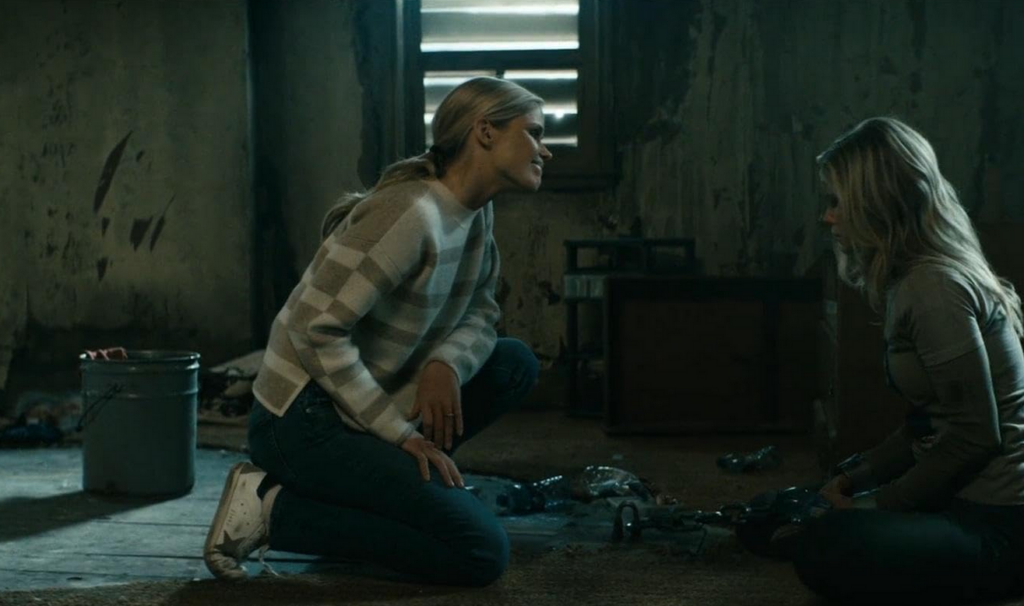
While that was devastating for the character, it was a little cathartic for those of us who felt like Annie was a little too good of a good guy.
What didn’t work
This is a small matter, but it is an issue that I want to address. After Annie finds out that Hughie slept with her doppelganger, she is furious at him.
In addition to this being unfair, it’s also a very cliche element to add. In almost every instance of a lookalike in fiction, there’s a moment where the love interest of the victim is fooled. Or almost fooled. And it’s always the same fight. It’s just played out and predictable. I’m just glad that it didn’t last very long.
Now that we’ve come to the end of the season, I can officially say that it was amazing. The story was deep and rich. The special effects were a stomach-turning good time. The character development was spot-on and satisfying. And, of course, it left me just about gagging to see what happens next. Unfortunately, it looks like we’ll have a bit of a wait. Because as of right now, the fifth season isn’t expected until 2026.

We’ve reached the second to last episode of The Boys, season four. And, as is appropriate for the penultimate episode of any show, things have to get a lot worse before they can get better.
Let’s discuss.
The story
Christmas is coming, and the whole world is getting ready. Ryan, despite being very clear that he didn’t want to appear on any TV shows or movies, has been strong-armed into participating in a Vought puppet Christmas special. He draws the line, though, when asked to sing about turning one’s parents in if they start talking about woke things.
Meanwhile, The Boys are trying to keep each other together. Butcher decides to take Sameer to the rest of the team. He also gets Frenchie out of prison, hoping they can make the Sup virus necessary to finally take down Homelander. Instead, this decision means disaster for one member of the team.
What worked
I first want to talk about Ryan’s speech near the end of the episode. Because it was exactly the moral of this whole story.
Ryan’s dad is a monster. His stepdad is also kind of a monster. But Ryan is a good kid. He cares about people, about family. And while he loves Homelander and Butcher, he doesn’t want to be like them.
Even better, this speech sounded like something a kid would say. Ryan didn’t open his mouth and start sounding like a college student all of a sudden. He sounds like a kid who misses his mom and wants to live up to the good standards she set for him. And I think that’s terrific.
Speaking of Homelander, he shot himself in the foot in this episode. I said earlier in the season that his hubris was going to be his downfall, and I was right. Without Sage, he just has the same weaknesses he’s always had. He’s going to fail because he just isn’t clever enough or patient enough to succeed.
Without Sage, I think a win is in the bag for The Boys. This isn’t to say that Homelander by himself isn’t dangerous. It’s just that he’s more like a wildfire than a controlled burn. He’s going to cause a lot of damage, but not get anything he wants out of it.
More’s the pity for him and everyone else who has to share his world.
Finally, I am thrilled with A-Train’s redemption story. I love that he wants to be a good person not to save himself, but to be a good person. His honest, pure and warm reaction to that little kid smiling at him in the last episode was heartwarming. It changed him in a moment, bringing to light a goodness that he’s been keeping under wraps for a long time.
This, along with Ryan’s courageous speech, proves once again what The Boys does so well. Yes, it’s gruesome. Yes, there’s blood and balls and batshit events. Yes, someone occasionally gets ripped in half. But there is a true human goodness in the story. One that we catch glimpses of. There are good people among the monsters. There is hope for redemption.
What didn’t work
Of course, so few things in this life are perfect, and this episode was no exception. For instance, I was irritated by the insinuation that Butcher cheated on his wife.
That just doesn’t make any sense. We’ve seen flashbacks of Billy and Becca. They were happy. He was happy. He was head over heels for her. And I don’t think it’s realistic or necessary for the character to throw in that he cheated. It does nothing to add to the story, it’s just a weird and offputting moment.
Doesn’t Butcher have enough to hate about himself? Can’t we just give him that at least he was a good husband?
Finally, I kind of hate that we ended up with Annie being caught. It’s just cliche, which is something I don’t normally say about this show. It feels lazy unless they do something very clever with it in the last episode. Which, I suppose, they might.
Next up is the season finale. And with this season being as insane as it has been, I’m expecting nothing short of bloody fireworks. And I mean literal fireworks of blood. At this point, would it surprise anyone?
 (4 / 5)
(4 / 5)
Episode six of The Boys was one of the most surprising episodes of the series so far. And that is certainly saying something. Because this season has so far been bonkers.
The story
Our episode today revolves around a party at Tek Knight’s lovely mansion. Yes, it does look just like Wayne Manor.
The Boys know that Tek Knight is working with Homelander on something, but they don’t know the details. So they decide to send Hughie in to bug the mansion.
Because that’s worked so well the other two times he’s tried to hide a bug!
It should surprise no one that this time goes no better. Hughie finds himself in Tek Knight’s basement. And by that I mean his BDSM dungeon.
Meanwhile, the party upstairs is no less disturbing. Homelander and Sage are trying to convince some well-off political donors to support a cue after the election. When pressed for details on his plan, Homelander freezes. He looks to Sage for help, but she wasn’t recently shot in the head and still in the junk food stage of her healing.
Fortunately, or unfortunately depending on your point of view, Neuman jumps in and saves the day.
What works
If I’m going to say one thing about this episode, it didn’t hold back at all. I didn’t expect them to show a character masturbating, sitting their bare behind on a cake, or spraying breastmilk into someone’s face. But every time I thought they’d cut the scene and let something be left to our imagination, they did not do that.
This is a dangerous move. Whenever you show the monster, you run the risk of them not being scary enough, or gross enough. As Stephen King says in Danse Macabre, to leave this sort of thing to the imagination if the reader makes things so much worse. So when they finally experience the monster, they might say that this isn’t so bad. It could have been so much worse.
But in this case, they managed to avoid that by making the scenes, especially the ones in Tek Knight’s dungeon, so much worse than I imagined it would be.
What doesn’t work
While this was a deeply disturbing episode in many ways, there was one really innocent and sweet moment.
And yes, I did have a problem with it.
Confronted by Firecracker, Annie decides to apologize for spreading rumors about her when they were kids. She tells her that she is genuinely sorry.
And I believe her. I don’t think Firecracker did, but I did.
So why is this an issue? Because I’m starting to think that Annie is maybe too nice. She is too good.
I know that Annie is our good guy. But every one of the other good guys has flaws. Hughie let his pride get in the way and took Temp V. MM hid himself from his daughter instead of teaching her to work through her emotions. Kimiko is far too closed off and has a hard time trusting others. Frenchie numbs himself with drugs. And well, what hasn’t Butcher done?
It is unrealistic that Annie is just so kind and so flawless. We all have shadows in our personalities. We all have weaknesses, we all mess up. We all do things we wish we could take back. The fact that Annie doesn’t seem to have anything like that is not just unrealistic. It’s infantilizing.
Give her some deep dark secrets. Give her something real to regret.
This was a shocking episode, even for someone fairly jaded like me. I wasn’t expecting the sort of weird sexual depravity, though I guess maybe I should have seen it coming. It was dark, upsetting, tense, and funny as hell. And with just two episodes left in the season, I can imagine the stakes are only going to get higher.
 (4 / 5)
(4 / 5)
By the way, if you like my writing you can get my short story, Man In The Woods, on Smashwords and Amazon.











